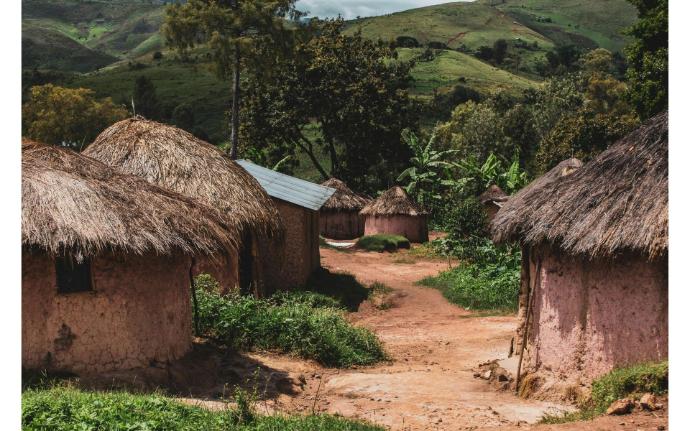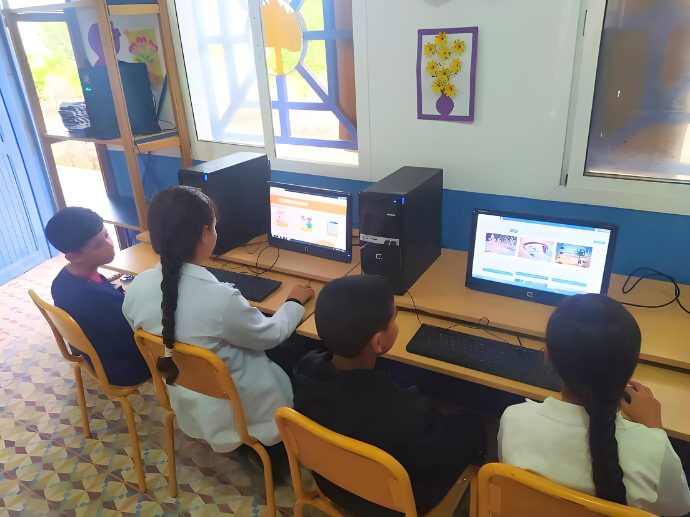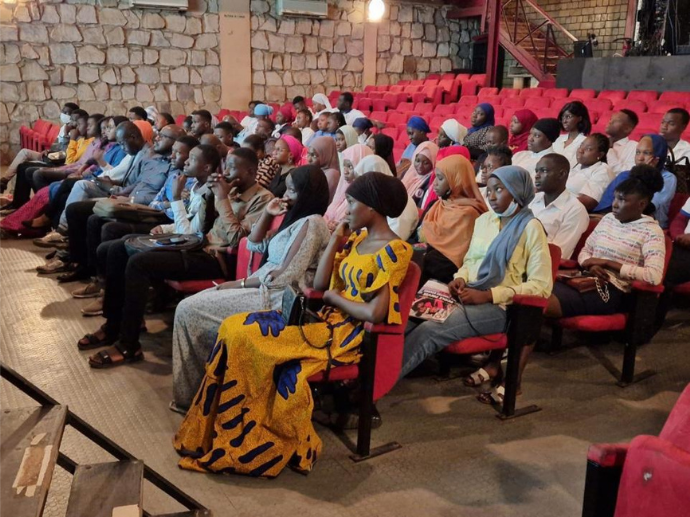The digital inclusion is a major tool for the development in Africa, but it is impeded by the high cost of access to Internet and by the lack of adapted infrastructure. The numerical infrastructure is essential to support innovation, education, health and financial service, but without a reliable and affordable access, a huge part of the population remains excluded from the benefits of the numerical economy.
The high cost of Internet access is one of the most decisive factors in this digital exclusion. In Africa, the average cost of one gigabyte of data remains high compared to the average income of local populations. For example, between 2020 and 2021 in Haiti, the cost of 1 GB of mobile data increased more than fivefold, rising from 3,4 % to 18,5 % of the average monthly income, making digital access unaffordable for a large part of the population, especially in rural areas and for low-income households.

This situation severely limits access to online education, telemedicine, mobile banking services, and other vital services.

Moreover, disparities in infrastructure worsen the situation. While some urban areas benefit from modern networks such as 4G, rural and remote areas are often underserved or not connected at all. This lack of connectivity prevents access to essential digital services, whether for healthcare, education, or banking transactions.
Africa remains heavily dependent on mobile solutions, but the insufficient coverage in remote regions prevents a large portion of the population from benefiting from the advantages of digital technology.
The impact of this digital exclusion is profound: it contributes to increasing social and economic inequalities. For example, young people in rural areas are often deprived of the educational opportunities offered by the Internet, and entrepreneurs lack access to digital tools to develop their businesses, reduce costs, or reach broader markets.
To address this issue, efforts are needed to reduce the cost of digital services, notably through government policies aimed at subsidizing Internet access prices, and to deploy infrastructure tailored to the demands of rural areas. The deployment of regional networks, fiber optics, or satellite connectivity solutions, such as those offered by Starlink, could play a crucial role in reducing access costs and improving coverage.
 Duddal
Duddal SOS Village d'Enfants Niger
SOS Village d'Enfants Niger



How do high Costs and lack of Infrastructure affect Digital Inclusion?